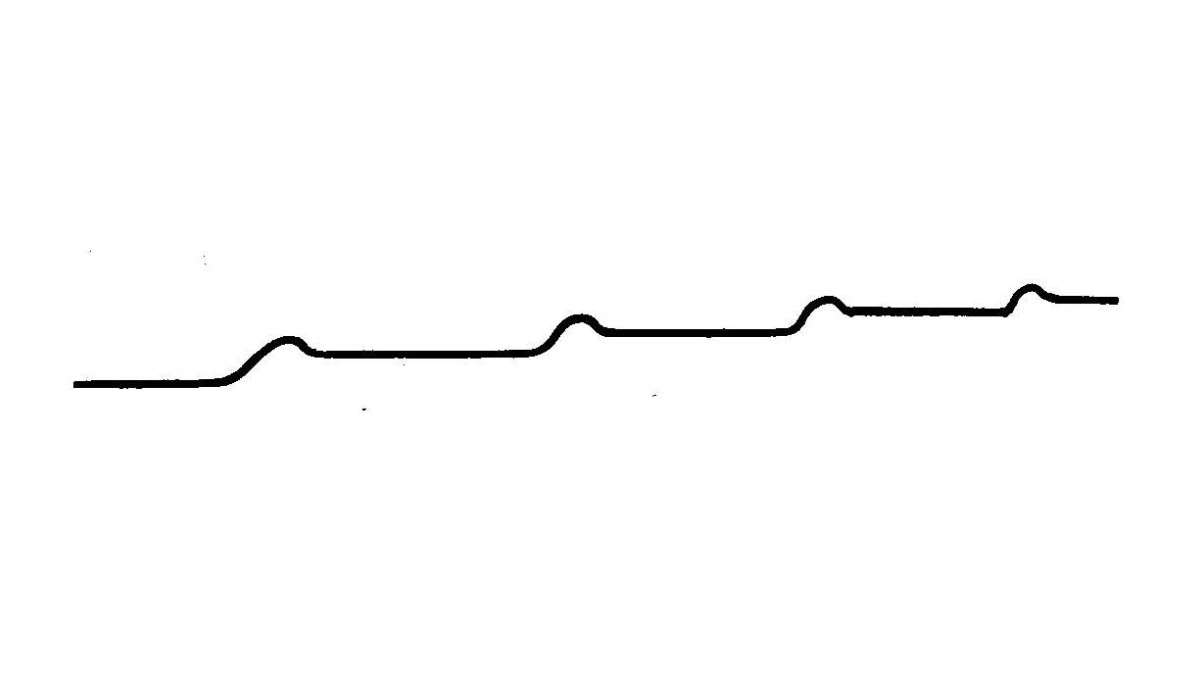
Progress is never a straight line. It is an uneven line with tons of ups and downs, dips, and plateaus. The journey often begins with an act of beginner’s luck - an initial burst of success.
Most of us make this mistake. We expect that the stream of success will continue unhindered. Usually, it does not. What usually happens is that you make some initial headway followed by some dips and then a long period of plateau.
You work hard. You invest in strategic areas. You practice consistently and rigorously. But seldom do these efforts produce immediate results. This is the period when most of us give up on our ambition. But every plateau is a necessary part of progress.
When you are plateaued, usually one of two things happen: 1) you are making progress but it is not yet visible. You are building your foundation. Putting together initial hours to get to a position of excellence. Your condition is that of Chinese bamboo which takes many weeks to lay its root underground and then in a few weeks grows 25 feet tall. 2) you are practicing all wrong.
Both of these predicaments can only be overcome through patience and consistency.
The path to mastery is not only an uneven one, it is long and tedious. And in order to make progress, both in work and life, we have to be willing to enjoy the tedious and work steadily on the path as long as it takes.
In his classic book Mastery: The Keys to Success and Long-Term Fulfillment George Leonard explains this path to mastery in great detail and the keys to it. Leonard advises us to love the plateau.
“But genius, no matter how bright, will come to naught or swiftly burn out if you don’t choose the master’s journey. This journey will take you along a path that is both arduous and exhilarating. It will bring you unexpected heartaches and unexpected rewards, and you will never reach a final destination. (It would be a paltry skill indeed that could be finally, completely mastered.) You’ll probably end up learning as much about yourself as about the skill you’re pursuing. And although you’ll often be surprised at what and how you learn, your progress towards mastery will almost always take on a characteristic rhythm that looks something like this:

There’s really no way around it. Learning any new skill involves relatively brief spurts of progress, each of which is followed by a slight decline to a plateau somewhat higher in most cases than that which preceded it. The curve above is necessarily idealized. In the actual learning experience, progress is less regular; the upward spurts vary; the plateaus have their own dips and rises along the way. But the general progression is almost always the same. To take the master’s journey, you have to practice diligently, striving to hone your skills, to attain new levels of competence. But while doing so—and this is the inexorable fact of the journey—you also have to be willing to spend most of your time on a plateau, to keep practicing even when you seem to be getting nowhere.”
